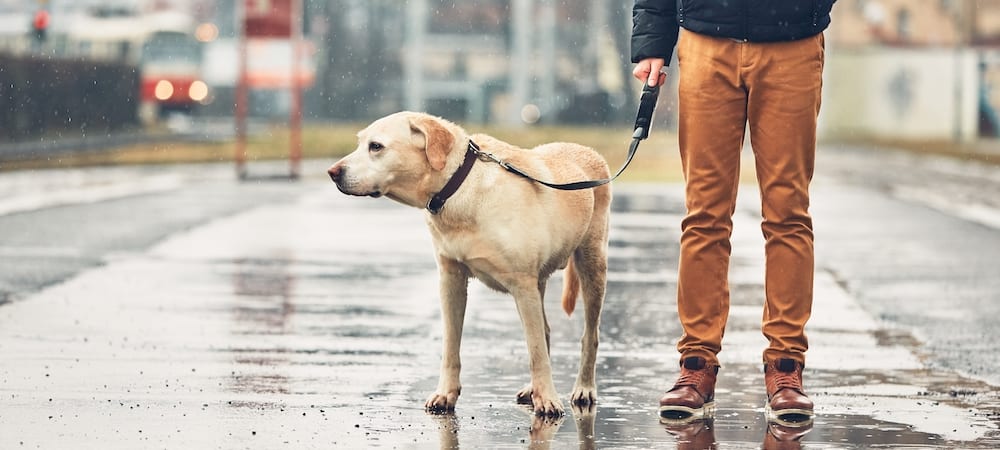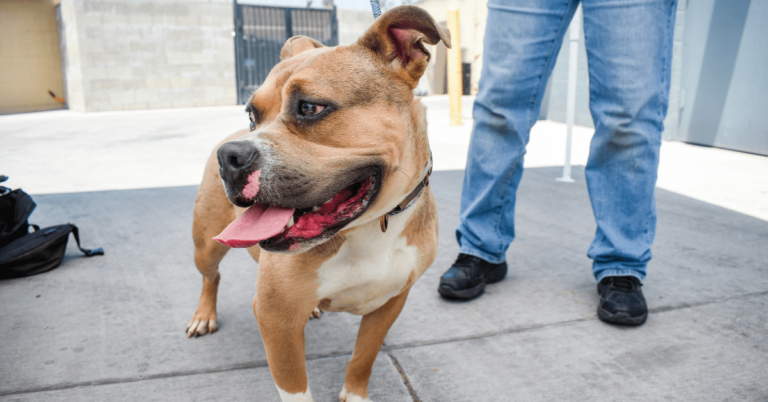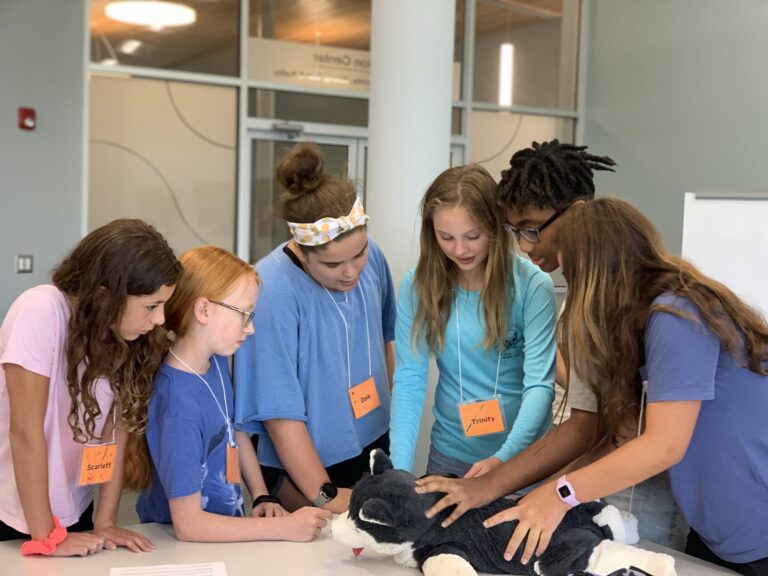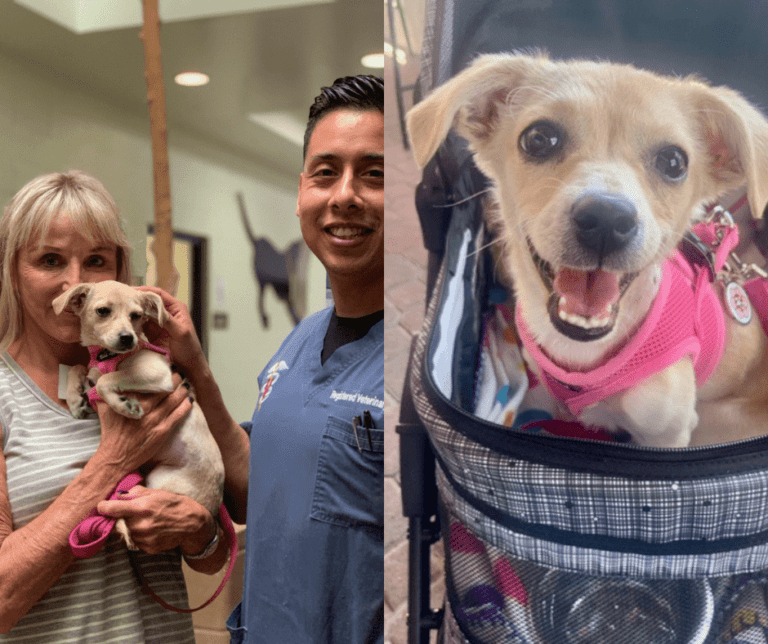The Post-Natural Disaster Guide for You and Your Pets


It’s easy to panic after a natural disaster. In all the chaos, what do you do? What should you bring with you? Where do you go? Here is your post-natural disaster guide!
What to Do After a Natural Disaster
- If you are not required to evacuate and it is safe to remain at home, keep a close eye on your pets. Animals startle easily after natural disasters and may try to bolt. Be on the lookout for damaged fences or gates that might provide an escape opportunity for a spooked pet. Keep outdoor cats indoors as they may become disoriented and not be able to find their way home. Also be aware of potential hazards such as broken debris, contaminated water sources and spilled chemicals and fertilizer.
- If the damage warrants evacuation, evacuate as soon as possible. Don’t wait until the last second to leave your home. As soon as disaster strikes or you are advised to evacuate, you need to leave the area immediately. Braving the elements and facing what will likely be a ton of traffic is worth it when it comes to you and your pet’s safety.
- If you need to evacuate, take your pets with you. If the area isn’t safe for you, it’s not safe for your pet either. Don’t assume the area will be safe for you to return and get your pet later.
- Grab your pet emergency kit, if you have one. If not, try to safely and quickly collect whatever items you need for yourself and your pet’s leash and collar (or pet carrier), ID tags, blankets, bowls, medical records, medications, poop bags or litter and litter boxes and food and water. Only complete this step if it’s safe to do so.
- Make sure your pet stays on their leash or in their carrier. It’s especially easy to get separated in the chaos of a natural disaster so you need to take every precaution to stick together.
- Keep a collar and ID tag on your pet at all times. Even if your pet is microchipped, external ID is the first line of defense if the two of you are separated.
- Make your way to a pet-friendly hotel or shelter outside your evacuation zone. We recommend Canopy by Hilton, Motel 6, Red Roof, La Quinta Inns & Suites and My Place Hotels.
- Remain in your evacuation spot until the evacuation is formally lifted. Don’t return home for any forgotten belongings. Stay where you are until the authorities say it’s safe to go back home.
What to Do If You Lose Your Pet
- Don’t risk your safety to look for your pet. Don’t go far outside or back to the site of the natural disaster to look for a pet. The best thing you can do for your animal is keep yourself safe.
- Assuming you have power, check the internet. In cases of lost pets, the internet is your best friend. Search Nextdoor, Craigslist, PetFinder and Facebook for any news of your lost animal.
- Call local shelters, the American Red Cross, ASPCA, National Disaster Search Dog Foundation and National Animal Rescue and Sheltering Coalition. There’s a good chance an emergency crew or Good Samaritan came across your pet and dropped them off at a shelter.
- If you don’t have Internet or phone service, make lost pet posters. Only post them around your neighborhood when it is safe to do so. Good spots for posters include phone poles, restaurants, libraries, grocery stores and animal shelters.
- Ask letter carriers and delivery people if they have seen your animal. You never know!
What to Do If You Find a Lost Pet
- Approach the pet with caution. The pet is likely extremely scared and nervous, so don’t assume the animal is friendly.
- Look for an identification tag. Usually an ID tag will have the owner’s phone number on it.
-
If there’s no ID or the phone number doesn’t work, make a post on Nextdoor. Make sure your post contains a description of the animal and ideally a photo.
-
Also check Nextdoor’s pet directory if you have power. This section contains photos of local pets and their owner’s contact information.
-
Again, if you have power, make additional posts on PetFinder, Craigslist and Facebook. This way your posts will get seen by as many people as possible.
-
Take the pet to a shelter or vet to be scanned for a microchip. If the pet is microchipped and the microchip is registered, the owner will be contacted and reunited with their animal.
- Make found pet posters. Again, this is a good option if you don’t have power. Place the posters when it’s safe to venture outside and hang them up in areas and locations that experience a lot of foot traffic.



